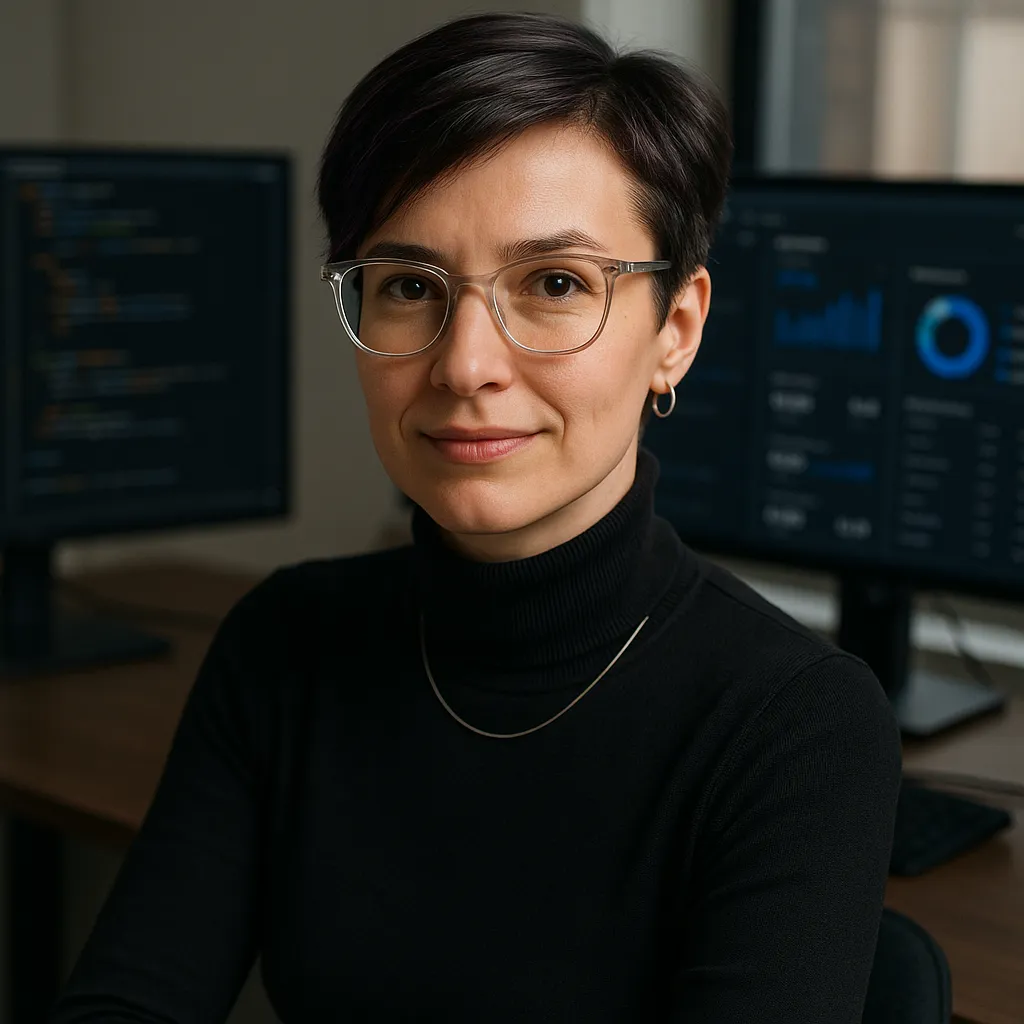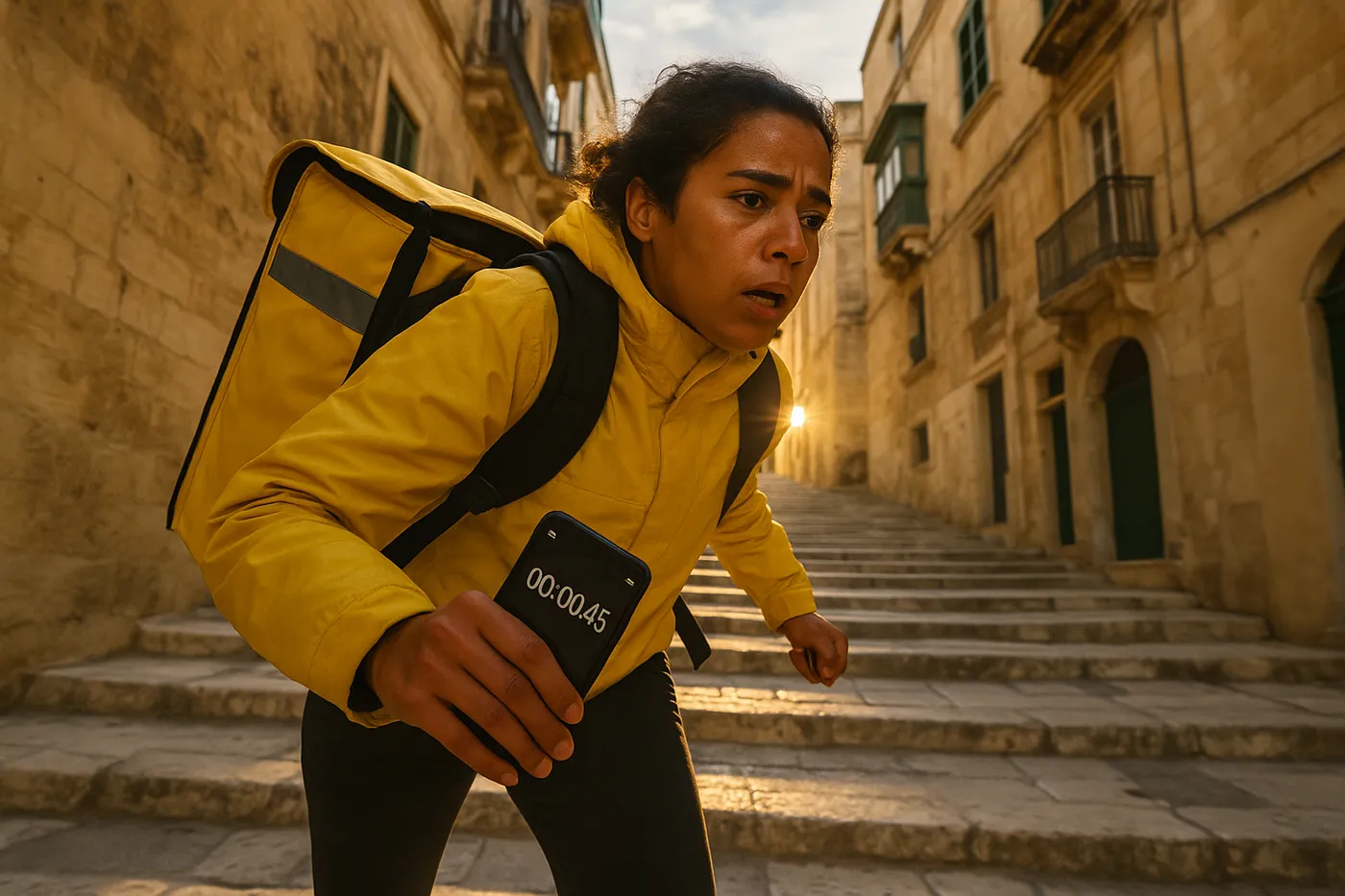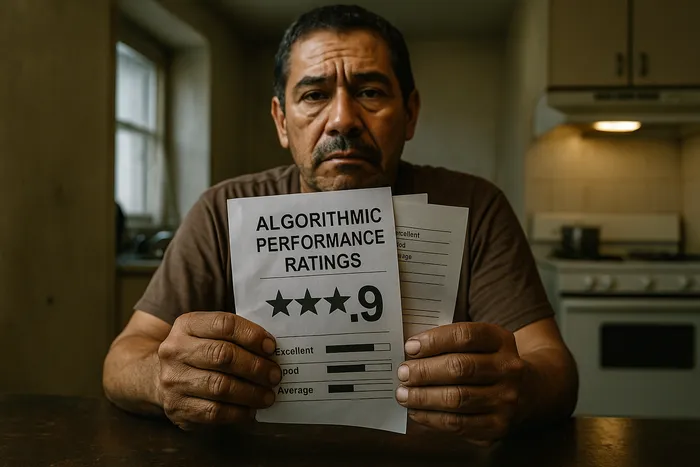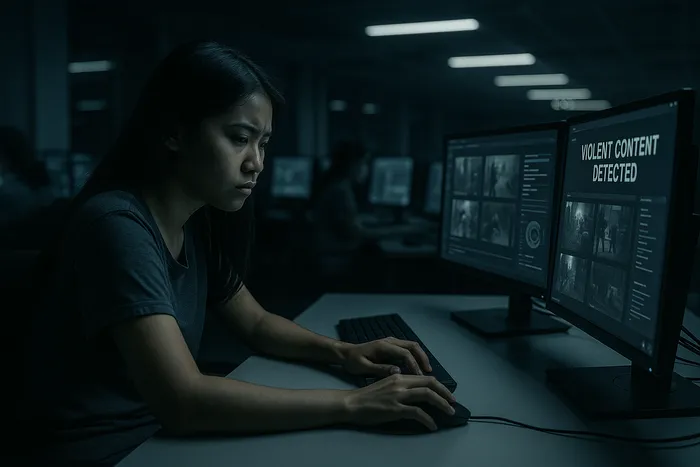The notification arrived at 3:47 AM Berlin time: another measles outbreak, this time in Neukölln. Elena Kowalski had been tracking the digital breadcrumbs for weeks—the surge in anti-vaccine content, the coordinated bot campaigns, the influencer partnerships. She knew what was coming before the first child fell ill.
What began as an investigation into online health misinformation networks had evolved into something far more sinister. Kowalski discovered an ecosystem where disinformation wasn't just spreading organically—it was being weaponized, amplified by algorithms designed to maximize engagement regardless of truth, and funded by actors with varying motivations from profit to geopolitical disruption.
The Polish-American photographer's unique background allowed her unprecedented access to both worlds. Her tech journalism credentials opened doors in Silicon Valley, where she documented content moderation failures and algorithmic amplification of dangerous content. Meanwhile, her documentary skills enabled her to capture the human cost—the parents deceived by polished misinformation campaigns, the overwhelmed healthcare workers battling preventable diseases, the communities torn apart by manufactured doubt.
Over eight months, Kowalski traced specific pieces of misinformation from their creation in content farms to their viral spread through social networks, and ultimately to their tragic real-world consequences. She documented the industrial scale of health disinformation production—rows of computers generating thousands of posts, sophisticated bot networks masquerading as concerned parents, and the influencers paid to seed doubt about established medical science.
But the most haunting images capture the moment when digital lies collide with physical reality. In cramped hospital wards across Europe and North America, children suffer from diseases that should have been prevented. At heated community meetings, friendships shatter over vaccination beliefs shaped by algorithmic echo chambers. In quiet moments, parents who lost children to preventable diseases grapple with the realization that they had been deceived.
Kowalski's investigation reveals how the architecture of modern information systems has created perfect conditions for a new kind of pandemic—one that spreads not through air or contact, but through fiber optic cables and wireless signals. The consequences, however, are measured in the same currency as any plague: human lives lost to preventable suffering.
This body of work stands as both documentation and warning. In an age where information travels at light speed but verification lags behind, where algorithms optimize for engagement over truth, and where bad actors exploit technological systems for profit or power, the battleground for public health has shifted from laboratories and hospitals to servers and smartphones. The casualties are real, the grief is tangible, and the threat continues to evolve faster than our defenses against it.
Image Captions

Photo 1: The Control Room
Berlin, Germany, March 2024. A content farm operator manages multiple screens running bot accounts that spread vaccine misinformation across social media platforms. This single room generated over 50,000 anti-vaccine posts per month, reaching an estimated 12 million users. The operation, funded through cryptocurrency transactions, employed 15 people working in shifts to maintain constant output.
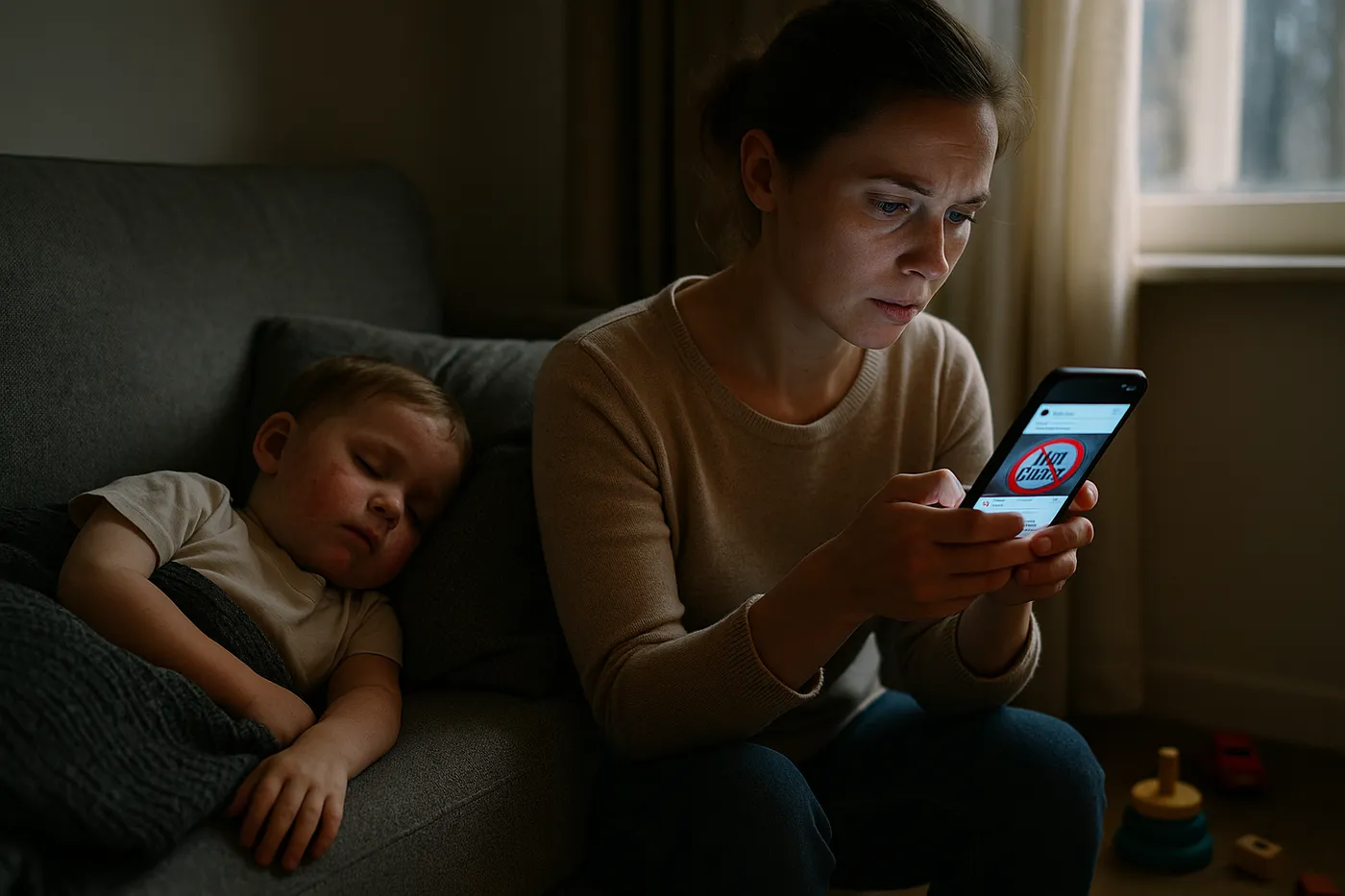
Photo 2: Algorithm's Choice
Seattle, USA, April 2024. Sarah Chen, mother of two, scrolls through her social media feed while her daughter Maya, 4, sleeps nearby with early symptoms of measles. Chen's feed, curated by engagement algorithms, had been increasingly populated with anti-vaccine content after she clicked on a single "vaccine concerns" post six months earlier. Maya contracted measles at a playdate with children from families influenced by similar misinformation campaigns.

Photo 3: The Believers
Frankfurt, Germany, May 2024. Anti-vaccine protesters gather outside the European Medicines Agency, many holding signs with QR codes linking to misinformation websites. Digital forensics later traced the protest's organization to a Telegram channel operated from outside the EU, with promotional materials created using AI-generated imagery and false statistics. Several protesters' children would later be hospitalized during the summer measles outbreak.
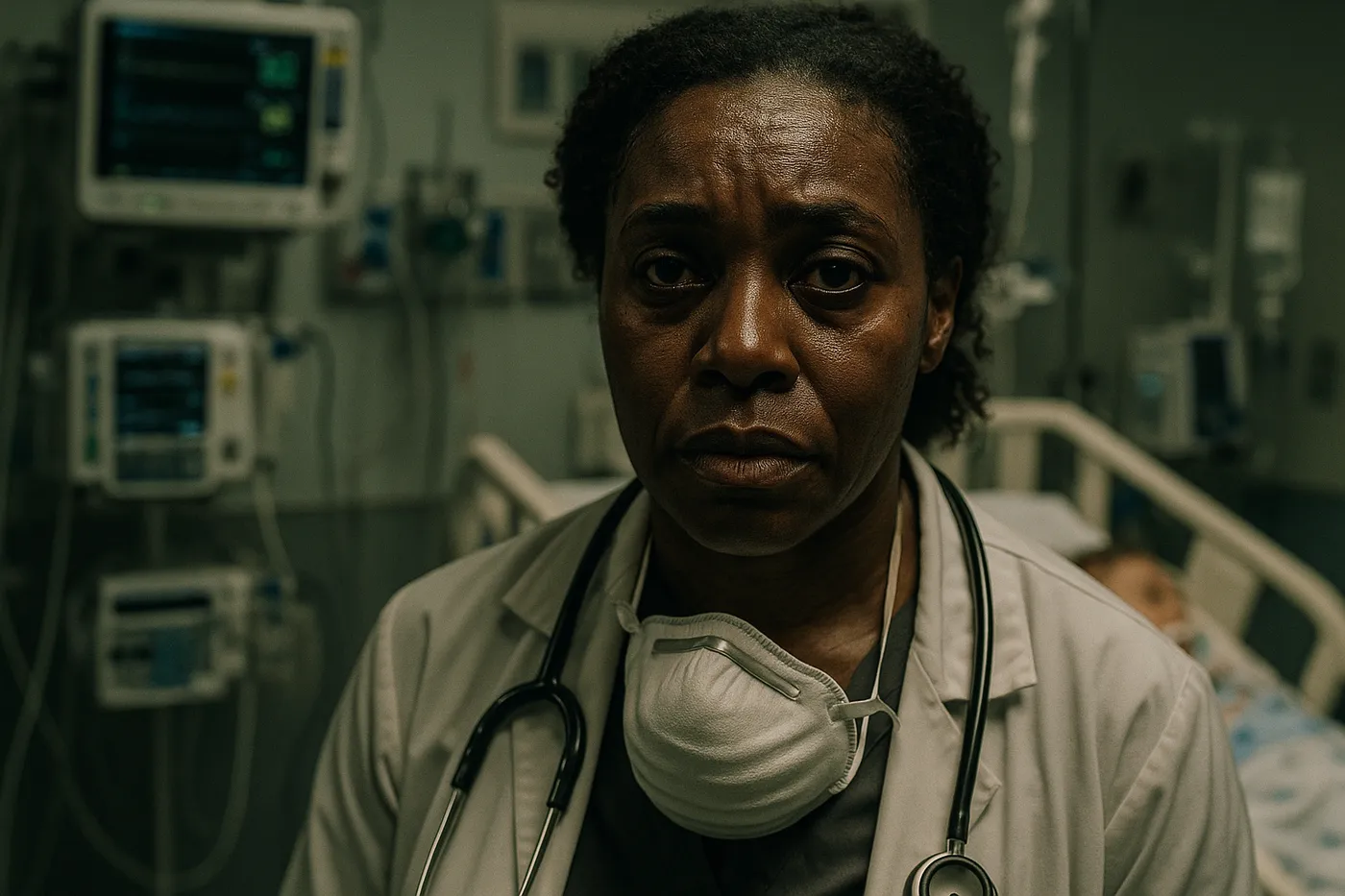
Photo 4: Breaking Point
Image 4: Breaking Point Minneapolis, USA, June 2024. Dr. Amara Okonkwo confronts exhaustion while treating her 47th measles patient this month in the pediatric ICU. The outbreak, concentrated in communities with high social media usage and low institutional trust, has overwhelmed local healthcare systems. "We're not just fighting disease," Okonkwo says, "we're fighting against professionally crafted lies that spread faster than any virus."

Photo 5: The Reckoning
Image 5: The Reckoning Warsaw, Poland, July 2024. Former anti-vaccine advocate Krzysztof Nowak sits in his daughter's empty bedroom, holding her favorite toy. His 6-year-old daughter Maja died from complications of whooping cough after Nowak refused vaccination based on misinformation he encountered online. He now dedicates his time to warning other parents about the disinformation networks that influenced his fatal decision.
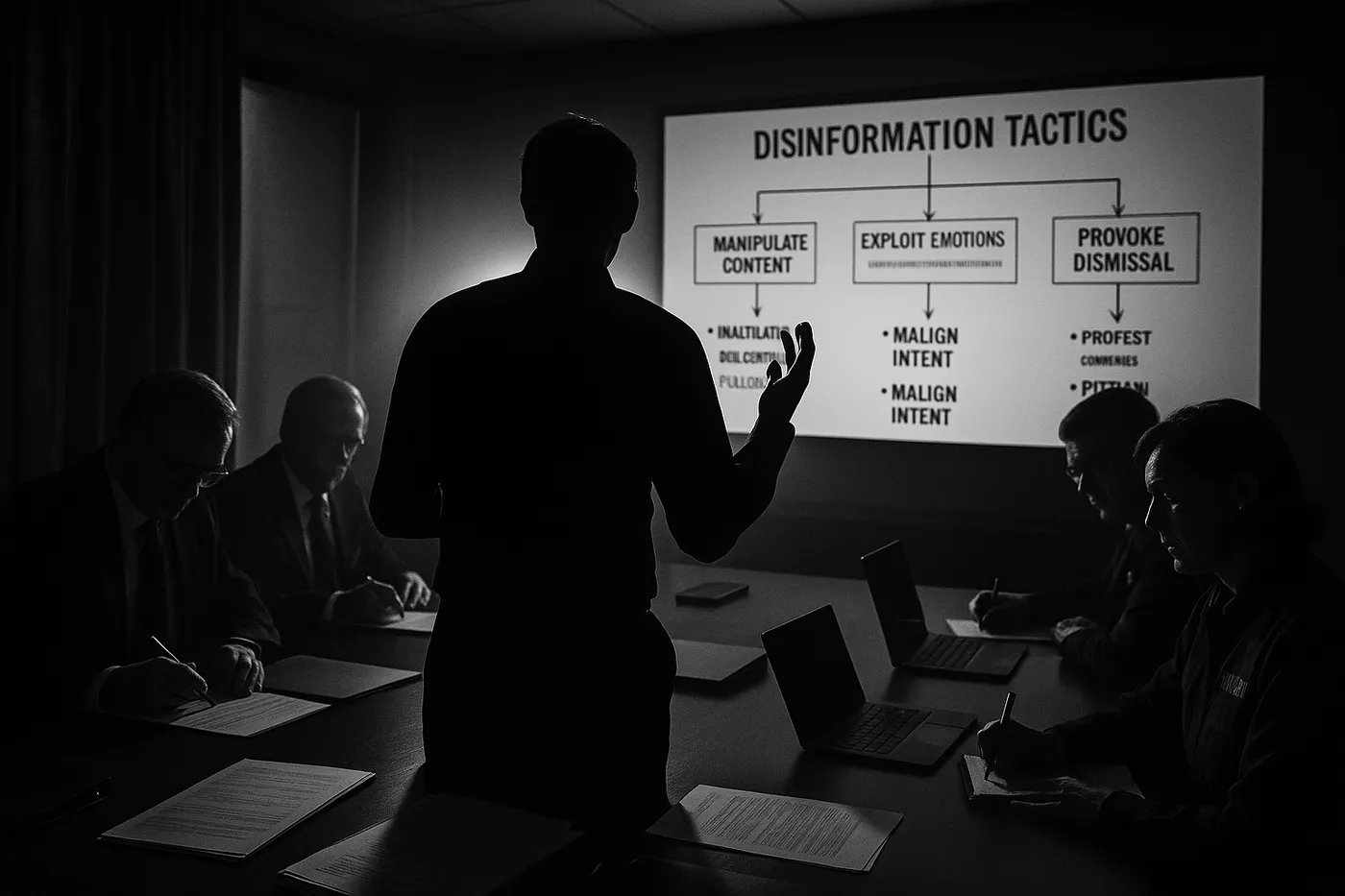
Photo 6: Information Warriors
Image 6: Information Warriors London, UK, August 2024. A meeting between public health officials and former disinformation operatives who agreed to explain their tactics. The anonymous source (center, face obscured) detailed how health misinformation campaigns are designed using psychological targeting, A/B testing, and emotional manipulation techniques borrowed from marketing. "We knew exactly which buttons to push," they admitted. "Fear, distrust, parental anxiety—all optimized for maximum viral spread."
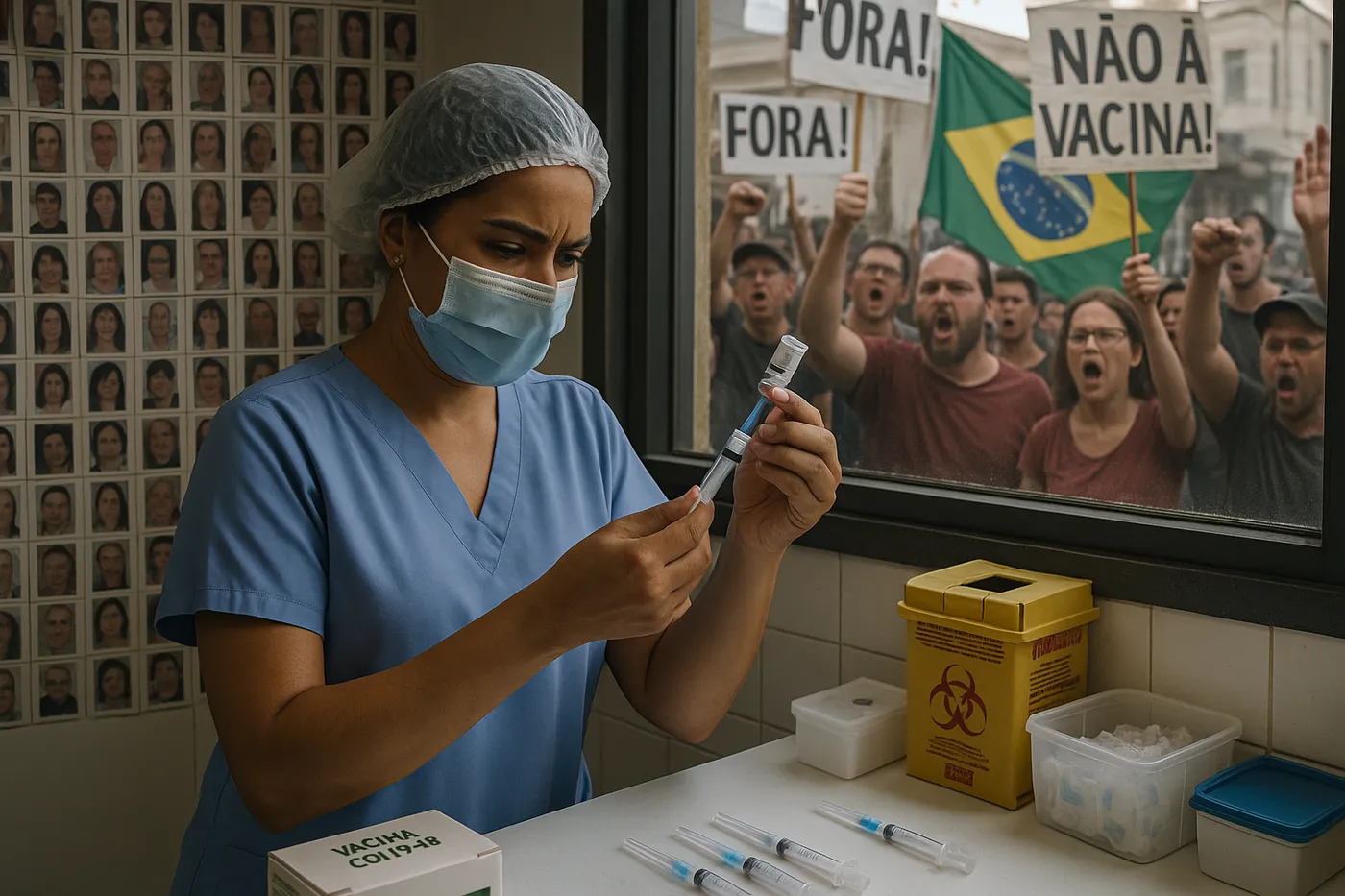
Photo 7: The Next Wave
Image 7: The Next Wave São Paulo, Brazil, September 2024. Pediatric nurse Lucia Santos prepares vaccines while protesters, organized through WhatsApp groups seeded with misinformation, demonstrate outside. Behind her, a wall displays photos of children lost to preventable diseases this year. As new AI tools make disinformation cheaper and more convincing to produce, frontline healthcare workers brace for an escalating battle between medical science and manufactured doubt.
Image Prompts
Image 1: Wide shot of darkened room with multiple computer screens glowing, showing social media interfaces and bot management dashboards, young man in hoodie seated at central desk orchestrating operations, cables and servers visible, blue-green glow from monitors illuminating cluttered workspace with energy drink cans and takeout containers, shot on Sony α7R IV with 28mm f/3.5 lens, cyberpunk atmosphere with high contrast between screen light and shadows, documentary style capturing the industrial scale of disinformation production, award-winning photojournalism, World Press Photo winning photo series
Image 2: Intimate domestic scene with mother in soft window light checking phone while young child sleeps on couch with flushed cheeks and early measles rash, smartphone screen visible showing anti-vaccine posts in social media feed, toys scattered on floor, worried expression on mother's face illuminated by phone glow, shot on Sony α7R IV with 50mm f/1.8 lens, shallow depth of field focusing on the contrast between digital deception and physical illness, warm natural light mixed with cold phone screen glow, powerful documentary photography, World Press Photo winning photo series
Image 3: Medium wide shot of anti-vaccine protest crowd outside modern glass building, protesters holding professionally printed signs with QR codes and false statistics, mix of ages but predominantly middle-class parents, some pushing strollers, police barriers visible, dramatic sky with approaching storm clouds, shot on Sony α7R IV with 35mm f/4 lens, documentary style capturing the physical manifestation of digital misinformation campaigns, high contrast processing emphasizing the tension, award-winning photojournalism, World Press Photo winning photo series
Image 4: Portrait of exhausted Black female doctor in pediatric ICU, N95 mask pulled down, sweat on forehead, thousand-yard stare, medical equipment and monitors surrounding her, child patient visible but blurred in background, harsh fluorescent hospital lighting creating deep shadows under her eyes, shot on Sony α7R IV with 85mm f/1.4 lens, shallow depth of field isolating her exhaustion, documentary style showing healthcare system strain, National Geographic quality, World Press Photo winning photo series
Image 5: Quiet portrait of middle-aged man sitting on child's bed in empty bedroom, holding stuffed rabbit, walls decorated with colorful drawings, afternoon light filtering through curtains creating melancholic atmosphere, medical papers visible on nightstand, man's face showing profound grief and regret, shot on Sony α7R IV with 50mm f/1.8 lens, natural light emphasizing emptiness and loss, intimate documentary approach to personal tragedy, award-winning photojournalism, World Press Photo winning photo series
Image 6: Tense meeting room scene with silhouetted figure (face obscured) explaining to health officials, presentation screen showing disinformation tactics flowchart, officials taking notes, dramatic lighting with strong backlight obscuring informant's identity, documents and laptops on conference table, shot on Sony α7R IV with 28mm f/3.5 lens, film noir influenced lighting emphasizing secrecy and revelation, documentary thriller aesthetic, World Press Photo winning photo series
Image 7: Dynamic scene of nurse preparing vaccines in foreground while protesters visible through window behind her, wall of remembrance photos creating emotional backdrop, Brazilian flag visible, nurse's determined expression contrasting with angry crowd outside, medical supplies organized on counter, shot on Sony α7R IV with 35mm f/4 lens, deep depth of field keeping both nurse and protesters in focus, natural light with subtle fill flash, powerful visual metaphor of science versus misinformation, award-winning photojournalism, World Press Photo winning photo series
Photographer Portrait Prompt
Professional portrait of woman in her late 30s with sharp Eastern European features, short dark hair with subtle purple highlights, wearing black turtleneck and minimal silver jewelry, intelligent eyes behind modern clear-framed glasses, slight smile suggesting both warmth and skepticism, seated at desk with multiple monitors showing code and social media analytics in soft-focus background, natural window light creating Rembrandt lighting on her face, shot in style of contemporary tech culture portraiture, professional portrait, square format composition

